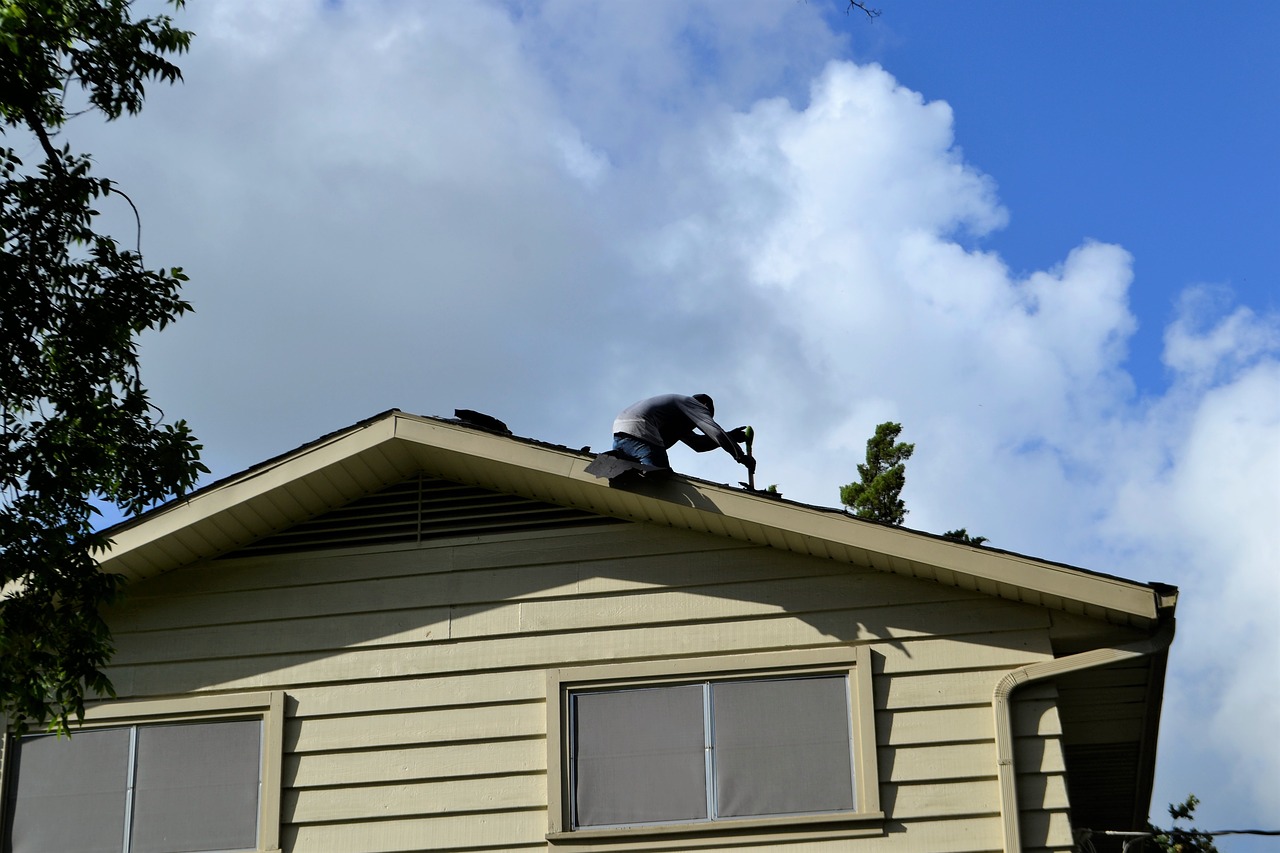
Roof ventilation is an essential component in the structural integrity and longevity of your home, playing a crucial role in regulating the temperature and moisture levels within attic spaces. Effective roof ventilation systems prevent the buildup of heat and moisture that can lead to various problems, such as ice damming in colder climates and the proliferation of mold and mildew. By fostering a steady airflow between the attic and the outside environment, these systems help maintain a balance that can significantly improve energy efficiency, reducing cooling costs in the summer and protecting against damage to roofing materials over time. Moreover, proper ventilation is crucial in preventing the deterioration of insulation and structural components that can occur with excessive heat and moisture. Understanding the dynamics and benefits of roof ventilation can aid homeowners in maintaining a more durable and energy-efficient home.
Roof Ventilation
Roof ventilation is a critical component in maintaining the efficiency and longevity of a home’s roofing system. It involves creating a system of vents that allows air to flow naturally between the attic space and the external environment. This ventilation helps regulate temperature and moisture levels inside the attic, preventing problems such as mold growth, wood rot, and increased energy costs. By allowing hot air to escape in the summer and maintaining a balanced temperature with the outside air in winter, proper roof ventilation significantly contributes to the structural integrity and energy efficiency of a home.
There are various types of roof ventilation systems available, including ridge vents, soffit vents, and gable vents, each serving a specific purpose in the roof’s design. Ridge vents are installed at the peak of the roof, providing a continuous airflow path. Soffit vents, on the other hand, are located under the eaves and work together with ridge vents to ensure a constant flow of air. Gable vents are often triangular and situated on the gable ends of the attic to promote cross-ventilation. The choice of ventilation type depends on the roof design, climate, and specific ventilation needs of the building.
The benefits of proper roof ventilation extend beyond temperature regulation. Reducing moisture accumulation prevents structural damage and enhances indoor air quality, inhibiting the growth of mold and mildew. Moreover, by dissipating heat trapped under the roof, ventilation alleviates the pressure on cooling systems, thus reducing energy bills. In colder climates, effective ventilation prevents the formation of ice dams by circulating cold air and maintaining a consistent temperature across the roof. Ultimately, investing in a well-ventilated roof system is an essential aspect of home maintenance that delivers long-term savings and improved living conditions.